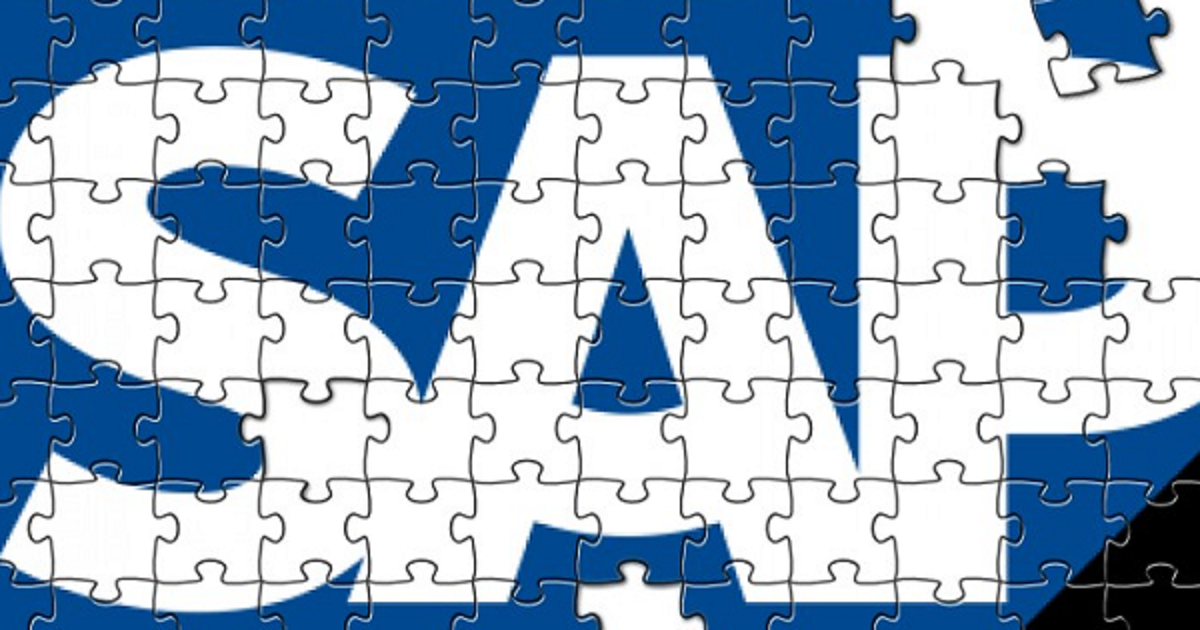NetWeaver suites up and there are lots of switches in ECC
With MySAP ERP 2005 (later renamed to SAP ERP 6.0), the way NetWeaver is viewed, installed and implemented is being changed.
SAP felt that the individual components of NetWeaver do not represent how IT department ends up using them. For example Business Reporting and Querying is made up of BW, EP and KW (the original components of NetWeaver).
Instead of dividing NetWeaver by individual components, SAP started grouping the components into individual installable units called Usage Types to realize IT Practices and IT Scenarios (I will not touch this, except for providing the following slide from SAP).
Earlier when you needed XI, you had to install Web AS ABAP, then Web AS JAVA and then XI application components. Now you install SAP NetWeaver Process Integration Usage Type, it automatically selects the individual components for installation.
The individual components (still around for the sake of reference) have the same release numbers (except MDM). This NetWeaver version is SAP NetWeaver 2004s; where s represents suite. ). Later the name was changed to SAP NetWeaver 7.0.
The names of individual components changed as they are now part of a software suite.
- The Basis component Web Application Server (Web AS) is now NetWeaver Application Server
- SAP Business Information Warehouse is now SAP NetWeaver Business Intelligence
- SAP Exchange Infrastructure (XI) is now SAP Process Integration
- SAP Enterprise Portal (EP) is now SAP NetWeaver Portal
- SAP Mobile Infrastructure is now SAP NetWeaver Mobile.
We will still continue using the fridge representation. After all, Usage Types are still made up of these components.
The ECC core now includes Industry Solutions as Industry Extensions. An organization does not require all the industry extensions or even a complete industry extension.
Integration extensions are made up of (Industry) Business Function Sets and (Industry) Business Functions, which can be activated based on the industry functionalities required. It is not possible to activate business functions/sets from different industry solutions at the same time. Once activated, it is usually not possible to deactivate the business functions/sets.
Activation of business functions/sets is possible using the Switch Framework. Repository objects (application programs, function modules, tables, enterprise services etc) are provided in inactive format and these can be activated as required by this external control to objects.
The enterprise extensions, which have been around since R/3 Enterprise, are made up of General Business Functions/Sets. One or more of these can be activated because these are generic to more than one industry.
If SAP can include industry solutions this way, they can very well use the switch framework to deliver new enhancements. The new enhancements may be imported to the system and only those enhancements required by business may be activated. Enhancement Framework does exactly this and the new enhancements are provided as Enhancement Packages.
Enhancement packages contain UI simplifications (make it easier to run transactions), Functional and Industry Specific enhancements and Enterprise Services.
The next big thing in the evolution
Mobile devices are now extending the Personal Computers. Business transactions are increasing being run via touch UI. With internet costs coming down, enterprises are connecting with Business Networks in cloud or even running the businesses on cloud. Organizations have abundant data that require powerful analytical engines.
SAP has built a database and high performance analytic appliance called SAP HANA. SAP HANA DB can within RAM, and can operate on row based, column based and object based tables.
SAP is redesigning its ECC core to only support SAP HANA, removing all the redundant tables and indexes, using super cool compression technology, which in turn reduces the amount of data that must be stored.
SAP ERP is renamed to SAP S/4 HANA. S signifies simplified data model. 4 signifies fourth generation (after SAP R/2, SAP R/3 and SAP ERP). Like its predecessor, S/4 HANA is based on SAP NetWeaver and it is available On Premise, On Cloud and as a hybrid deployment.
Individual functional modules are being simplified in phased manner. SAP Simple Finance is available now and SAP Simple Logistics will be available by the end of this year (2015).



